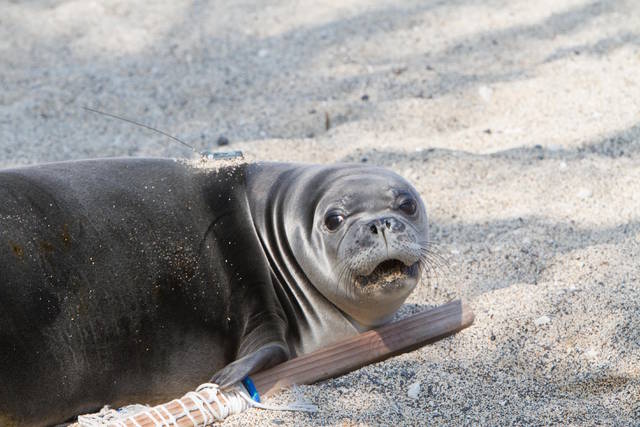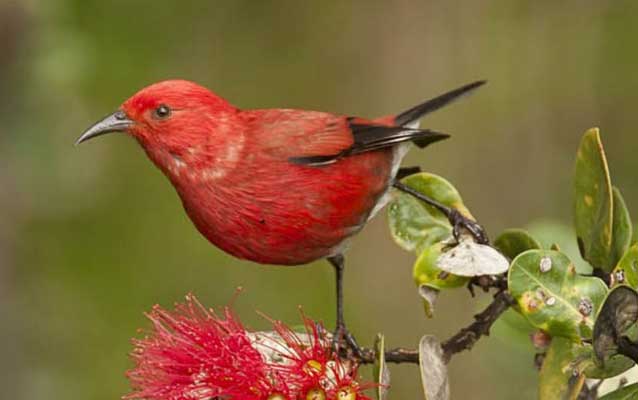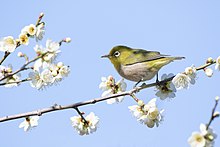Sitting outside on the lanai, enjoying a cool drink and relaxing sea breeze, listening to the crashing waves in the distance…and then you hear it. This small, two-tone animal call. Most visitors to the Island think it is a small bird….but what bird is awake at night? It is actually a tiny, invasive frog endemic to Puerto Rico; the Coqui Frog. They are only one of the many species that somehow managed to find their way to one of the most remote islands in the world.

As you travel around this beautiful island of Hawai’i, the diversity of plants and animals across the island is absolutely amazing! However, there is a darkness to that beauty. Much of what is seen across the island did not originate here, nor does it belong. Hawai‘i is considered to be the most remote island chain on the planet. We are farther from any major landmass than any other island. That said, it is extremely difficult for any organism to get here, and once here, it is just as difficult to leave.
The Endemic and Native Life of Hawai‘i Island (The Good)
Hawai‘i is home to only two endemic mammals, the Hawaiian Hoary Bat (ʻōpeʻapeʻa), and the Hawaiian Monk Seal (ʻIlio-holo-i-ka-uaua). When we say endemic, we are referring to the fact that these particular species of animals are found here in Hawai‘i, and nowhere else on the planet.. All other mammals found on the island (yes, including the infamous homo sapien), are considered to be non-native, and even invasive!


** Both of these animals are on the US Fish & Wildlife Service Endangered Species list! They made it into this list because they compete with other organisms for the limited food and space on the island.
Fun Fact! The Hawaiian Hoary Bat is the Hawai‘i State land mammal!
Of course, there are many other endemic creatures on Island! Many of which are avian. These include the Hawaiian Owl (Pueo), Hawaiian Hawk (‘Io), a few different Honeycreepers: ‘Apapane, ‘Amakihi, and ‘I’iwi (Scarlet Honeycreeper), Hawaiian Goose (Nēnē)…etc.

The ‘I’iwi (left) also looks very similar to the ‘Apapane (right) with one major difference being the beak!
‘Apapane, is also the bird the street our lodge is located on was named after! 😀
Fun Fact! The Nēnē, although a descendant of the Canada Goose, is the Hawai‘i State Bird!

The Invasive Life of Hawai‘i Island (The Bad)
Some of the most noticeable creatures around the island, aside from the noisy Coqui, as mentioned above, tend to be the most invasive. These creatures are ones that were introduced to the island, both intentionally and unintentionally.

These creatures that find their way here come via the 3-W’s; Wind, Wings, and Waves. While they are frowned upon, as invasive species, those that are surviving on island are the “lucky ones”! It is said that 1 species, every 35,000 years, makes it to island and survives. The rest either perish en route, or shortly after arrival.
These species tend to be more commonly spotted, as compared to natives. This is because before these invasive creatures found their way to island, the native and endemic lived peacefully, without predation! Once invasive organisms arrived, they began to prey on the natives, which had never had the need to evolve and protect themselves and their young, taking down their populations in great amounts. For example, the mongoose, which were introduced in order to hunt the ever growing rat population. Unfortunately, it turned out that rats are nocturnal, and mongoose are diurnal. *Fail* Additionally, mongoose are opportunistic feeders known to prey on native bird populations that nest on the ground, rather than in trees, as well as nesting turtle eggs. *Double Fail*

Another big invasive species that has caused extreme damage to unsuspecting native birds and land animals is the feral cat population. These cats were originally introduced to the islands by early Europeans, and without any major predator, their population has exponentially increased. In addition to their hunting habits, they also host a potentially lethal parasite (Toxoplasma gondii) that contaminates terrestrial, freshwater, and marine environments! Of course, we can take up an entirely new post about that later.

Intentional introduction / intentionally brought to the Island: Mongoose, Cat, Wild Pig.
Unintentional introduction: Gold Dust Day Gecko, Coqui, Fire Ants.
(And the not-so Ugly)
Of course, not ALL introduced organisms are invasive. There are many that, while introduced and can become particularly annoying, peacefully coexist with the natives. These include Japanese White-eye, House Sparrow, Myna, Saffron Finch, Spotted Dove, Kalij Pheasant….and many more.
The relative harm posed by these introduced organisms is the subject of many discussions among conservationists. If you visit Hawaii, you can expect to see most of the animals listed here and many more! Hawaii is a known repository of non-native life.
Blog by B. Fuemmeler


